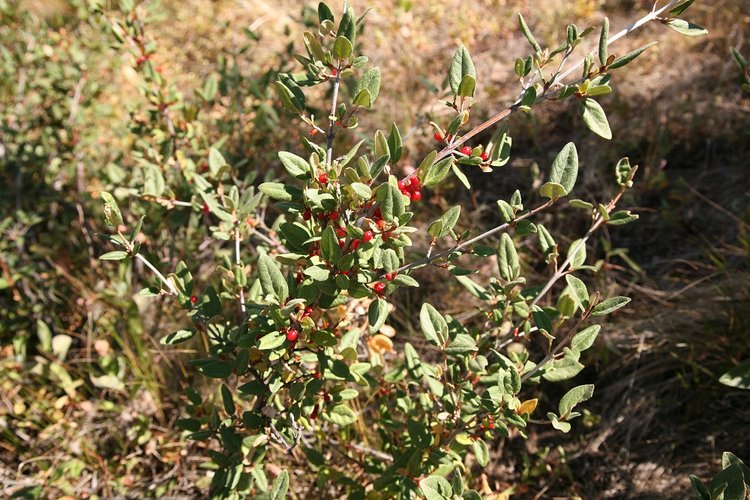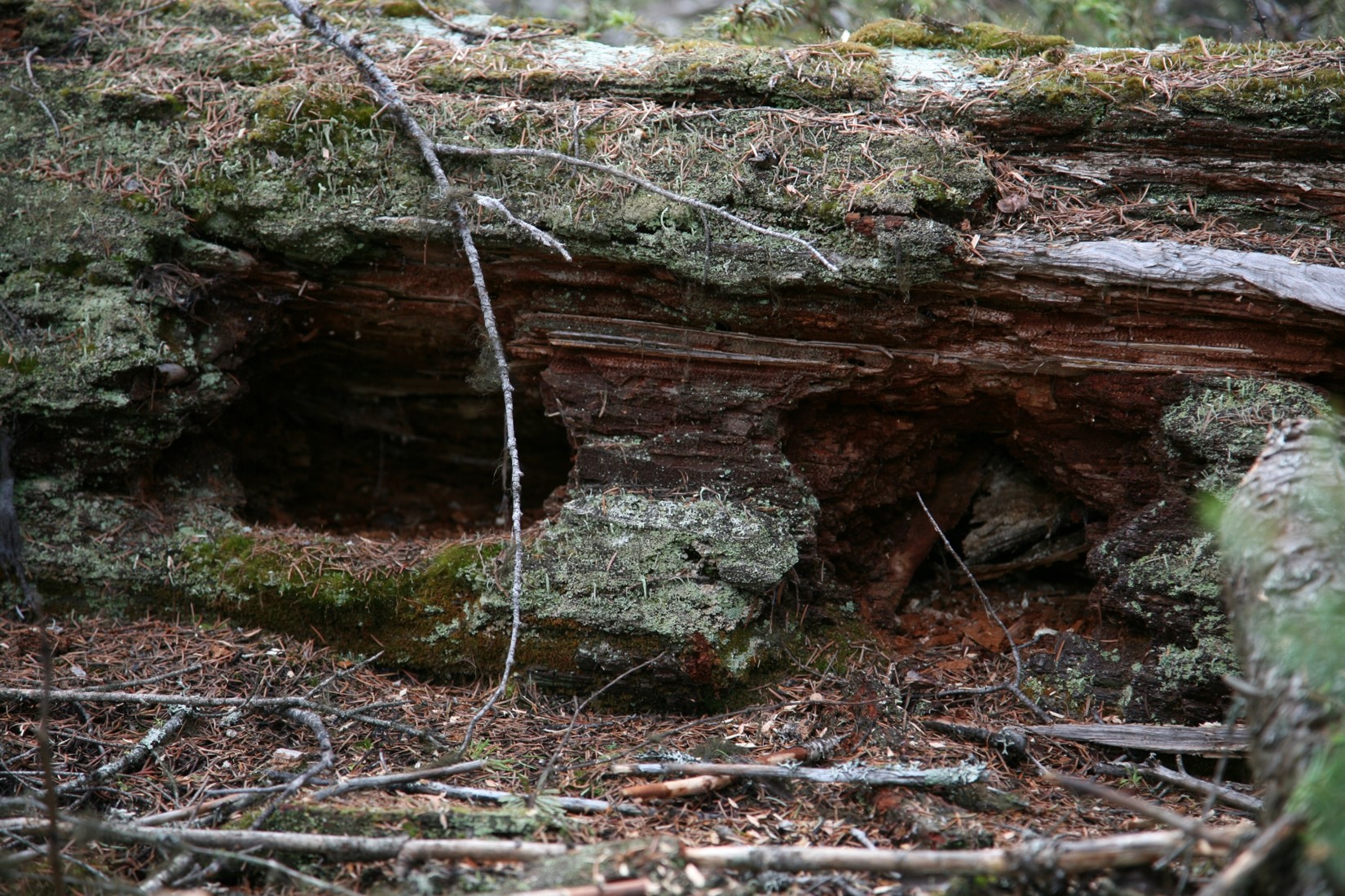HEALING THE LAND, HEALING THE COMMUNITY
Eco-cultural Restoration
The Xaxli’p Community Forest is focused on maintaining and restoring functioning ecosystems and Xaxli’p cultural resources, while at the same time working towards producing a long-term supply of high quality timber. We use the term “eco-cultural restoration” to describe our approach to forestry. Eco-cultural restoration means working to restore dynamic ecosystems and human cultures together as interconnected processes. Please use the drop down menu to explore some of the eco-cultural restoration projects we have completed since 2010.
n the past century, a sweep of changes has affected forests and ecosystems in Xaxli’p territory. Throughout the nineteenth century, Xaxli’p land management systems were gradually pushed aside as government and industry took control of forest resources. The implementation of fire suppression in the mid-1900s reduced natural fires, including low intensity cultural burns that regularly thinned forest understory. Xaxli’p use of fire maintained a diverse plant community for food and medicines, sustained dependable water supplies, and furnished important habitat resources for animals used by Xaxli’pmec. Xaxli’p forest management using fire also maintained healthy, old-growth Douglas-fir forests by reducing moisture stress caused by overstocking of trees in this dry environment.
As time progressed, the lack of fires allowed the forest understory to regenerate a dense stand of young trees, and high grade logging removed the majority of the old growth trees. As a result, forests have changed significantly from the widely-spaced old growth forests that existed under Xaxli’p land management. Ecosystems that once supported wildlife, plants, and water that Xaxli’p depends on are now degraded. Water quantity has dwindled, many herbs, berries, and shrubs that are important to Xaxli’p culture are rare or unproductive, and dense overstory trees are stressed due to insufficient water.
The Xaxli’p Community Forest Corporation was created to carry out ecologically and culturally sustainable land use within Xaxli’p Territory. A major component of this land use is the ecological and cultural restoration of degraded ecosystems, as mandated in the Mission Statement and Goals. The Ecosystem Based Plan describes the ecological restoration needs of Xaxli’p Territory, and the Traditional Use Study is used as a guide for prioritizing ecosystem restoration on the basis of cultural objectives..
Restoration of ecosystems doesn’t happen instantly. Restoration is a method of assisting nature in healing damaged, simplified ecosystems and returning these ecosystems to healthy diverse forests. Culture enters the restoration process as XCFC consults Xaxli’p members and the Traditional Use Study to determine priority restoration areas and key objectives of the restoration work. Important questions include: What parts of Xaxli’p Territory are most in need of restoration, and why? What are the historical and current uses of the land? What has changed about this ecosystem and landscape? What are the important parts and processes to restore, considering healthy ecosystem functioning and cultural activities?
The basic methodology behind all restoration within Xaxli’p territory involves five major steps. First, a restoration area is identified by consulting Xaxli’p Elders and other Xaxli’p experts, by reviewing ecological restoration maps, and by reviewing the Traditional Use Study. Second, a forest assessment is designed and carried out to gather information about past and current forest structure, composition, and function. At this stage, we try to reconstruct an idea of what the forest looked like under traditional Xaxli’p management - before fire suppression and logging took place. We also identify our objectives for restoration, including objectives for tree structure, wildlife habitat, plant diversity, and water. Third, we create restoration prescriptions for the area, which clearly outline the current and desired forest characteristics, our objectives for restoration, and the methods for carrying out the restoration work. Fourth, we carry out the restoration treatment. Most commonly, this involves removing the small understory trees that have grown in due to fire suppression, and maintaining old growth structural features, including old growth trees, large fallen trees, and snags. However, there is a large variety in the types of restoration treatments we carry out. Often the restoration treatments will be designed to promote plants used by Xaxli’p for food and medicine. The diversity in treatments reflects the diversity of ecosystems in Xaxli’p territory, and the type and extent of degradation that has occurred. Fifth, we monitor the success of the restoration on a regular basis once the treatments are complete.
We have completed initial restoration treatments in a variety of ecosystems. This includes restoring a young plantation with a focus on invigorating xusum bushes (Shepherdia canadensis), restoring a logged stream bank by transplanting young fir and spruce trees, restoring an area affected by the Douglas fir tussock moth, and restoring several typical overstocked Douglas fir stands, with a focus on reducing moisture stress in residual trees, improving wildlife habitat and understory diversity, and improving timber quality.
Water quantity has dwindled, many herbs, berries, and shrubs that are important to Xaxli’p culture are rare or unproductive, and dense overstory trees are stressed due to insufficient water.
Water is life – produced by whole, intact forested watersheds.
Decayed wood is nature’s water storage and filtration system
The primary goal of eco-cultural restoration is to maintain or restore ecological integrity – keeping all of the parts all of the time





